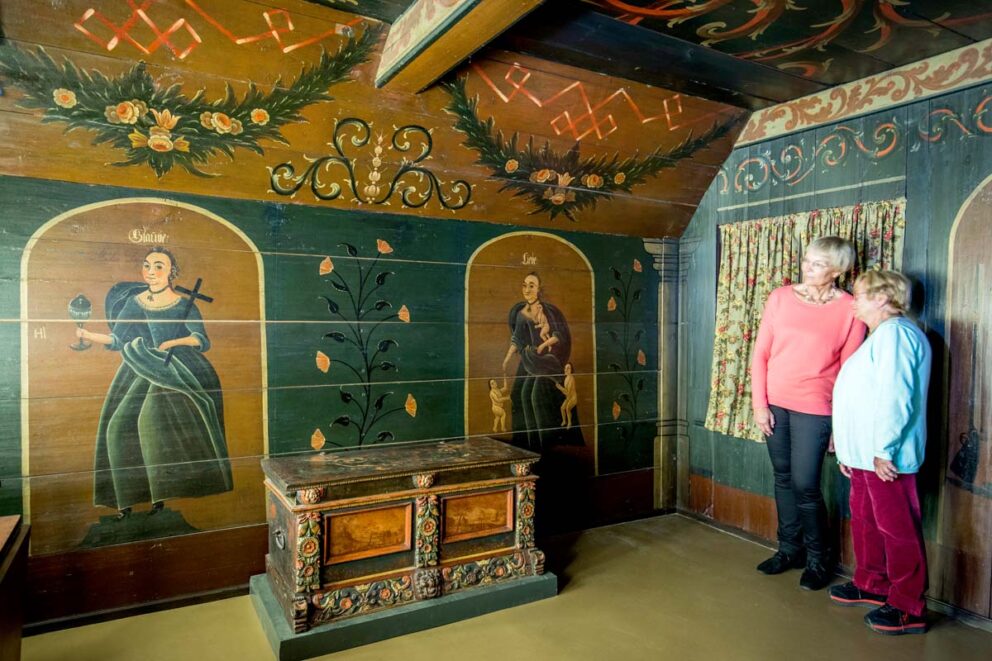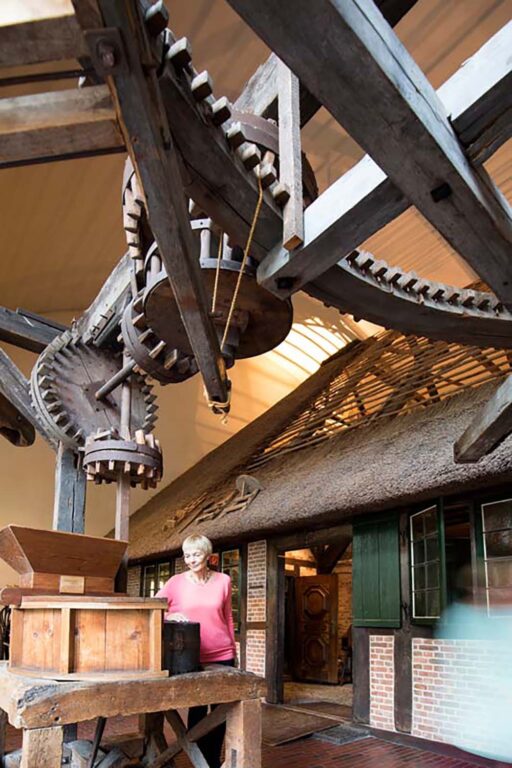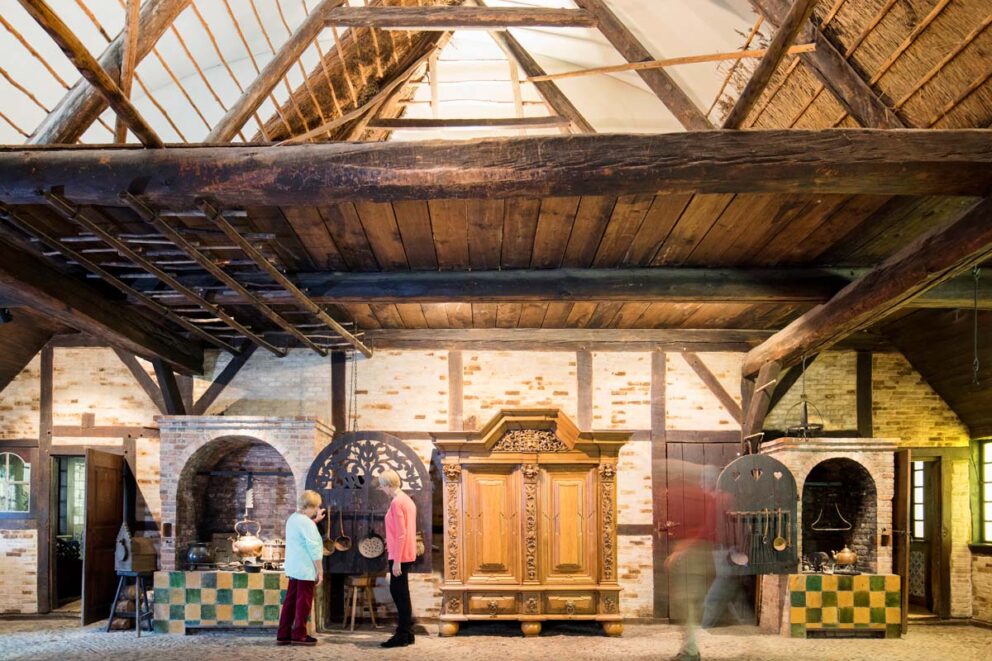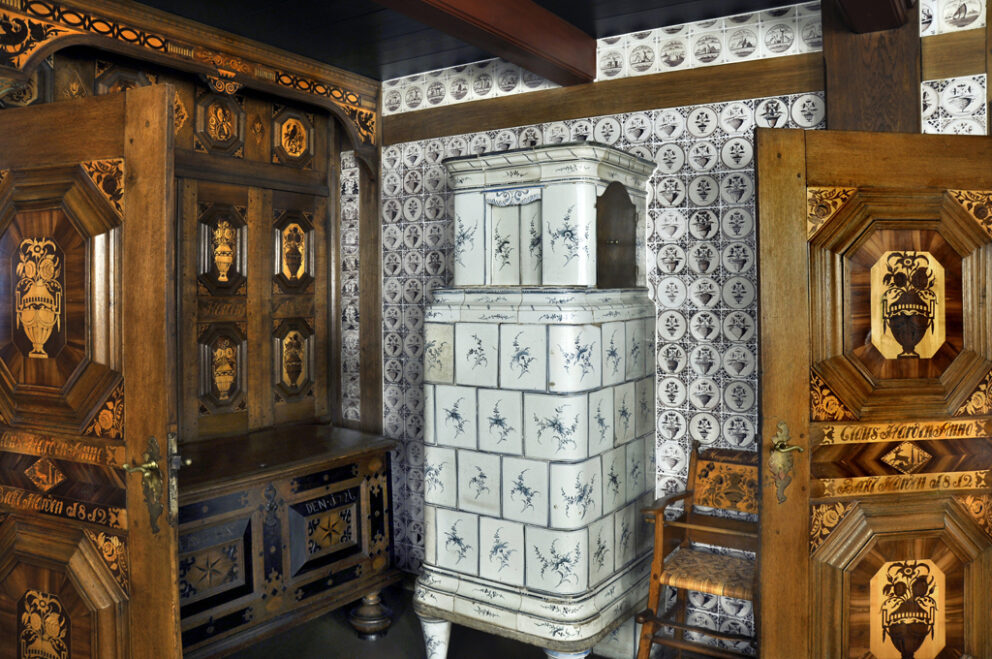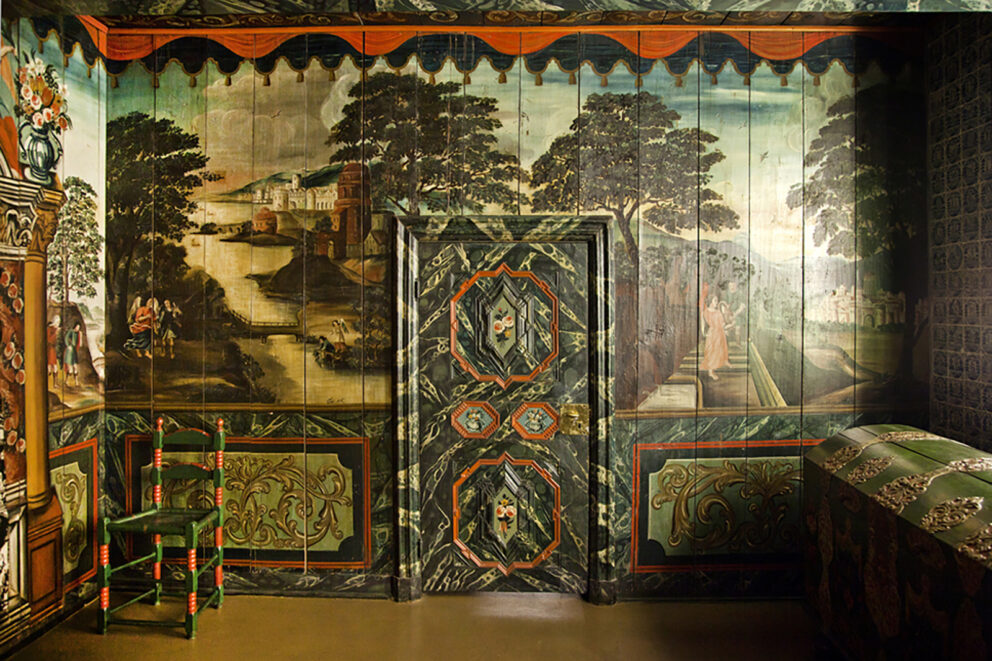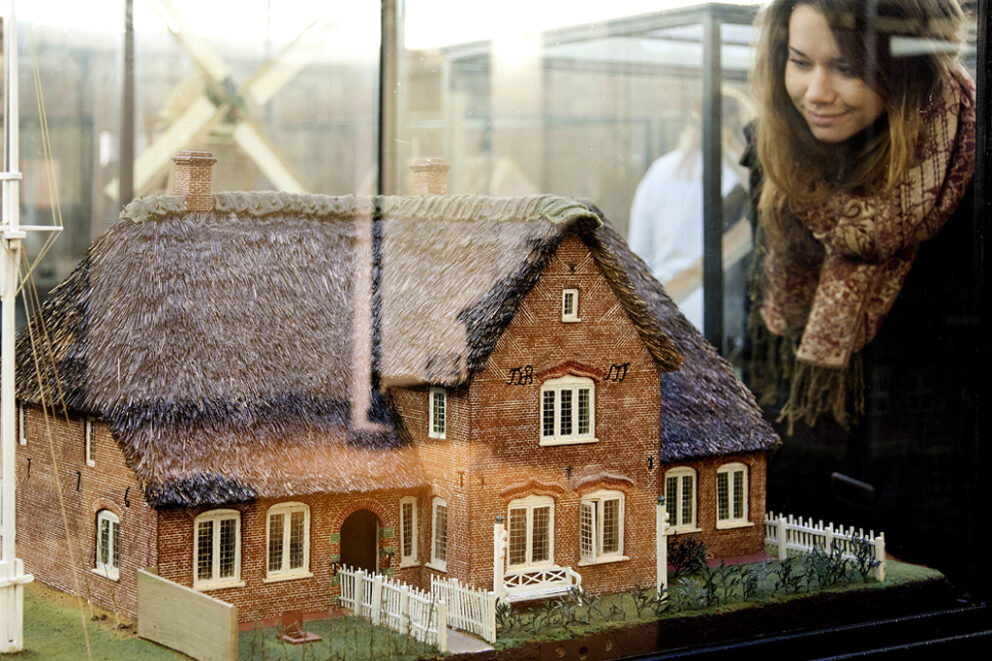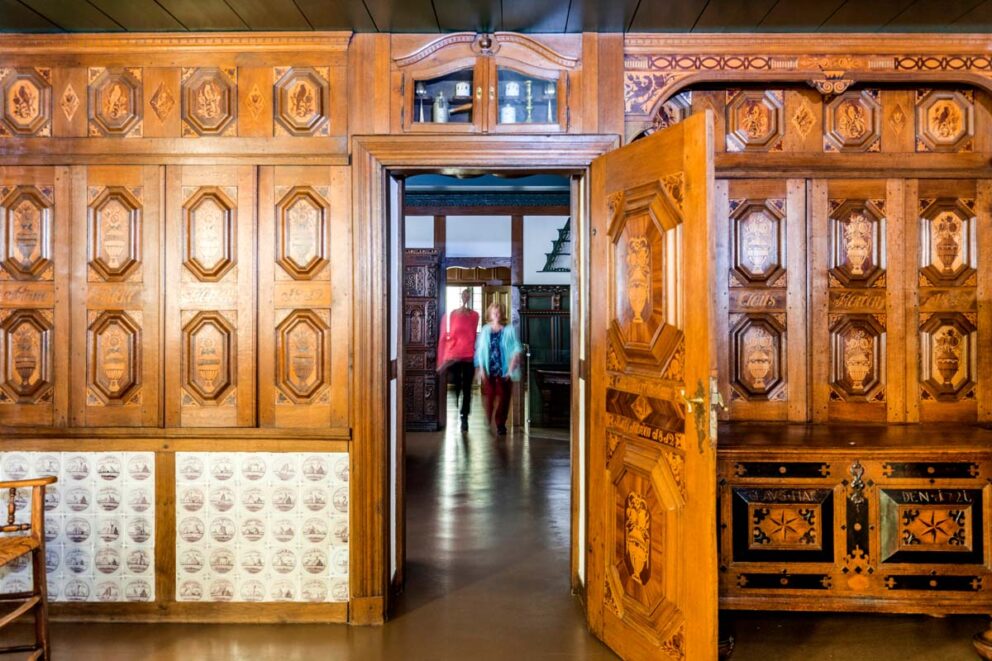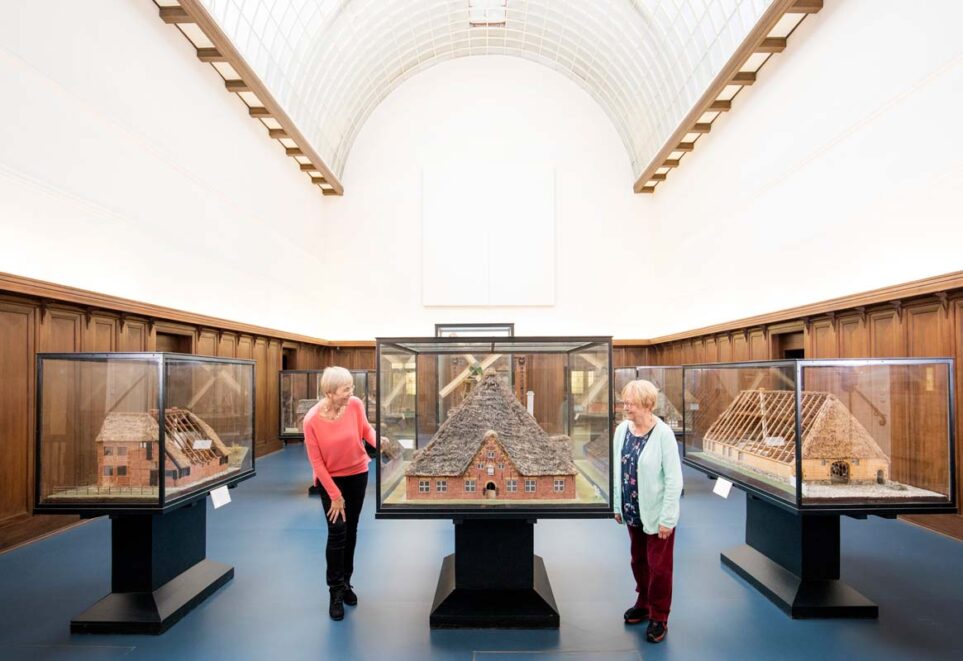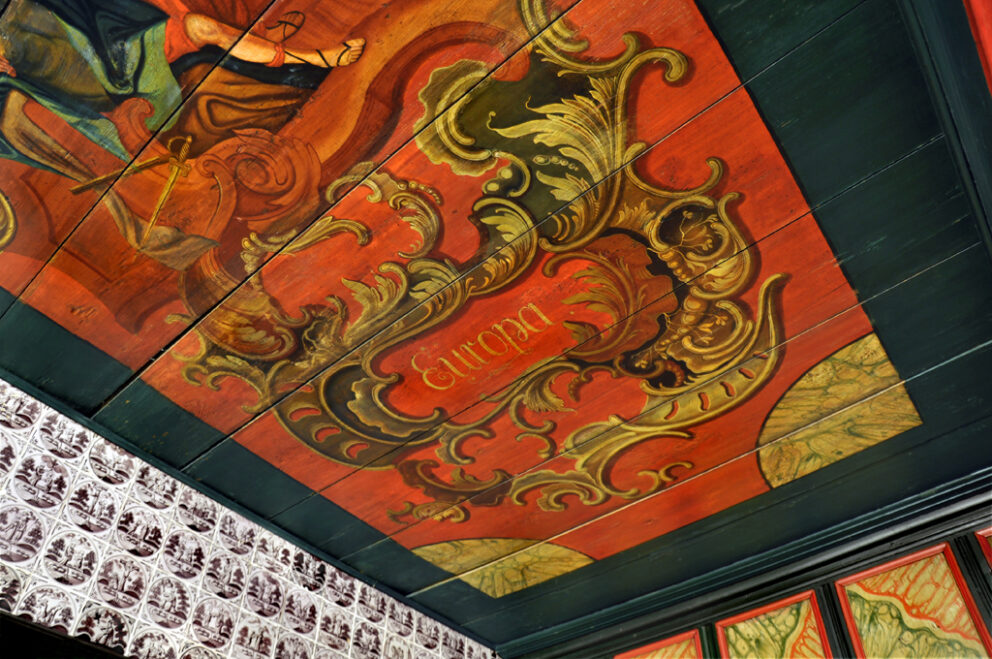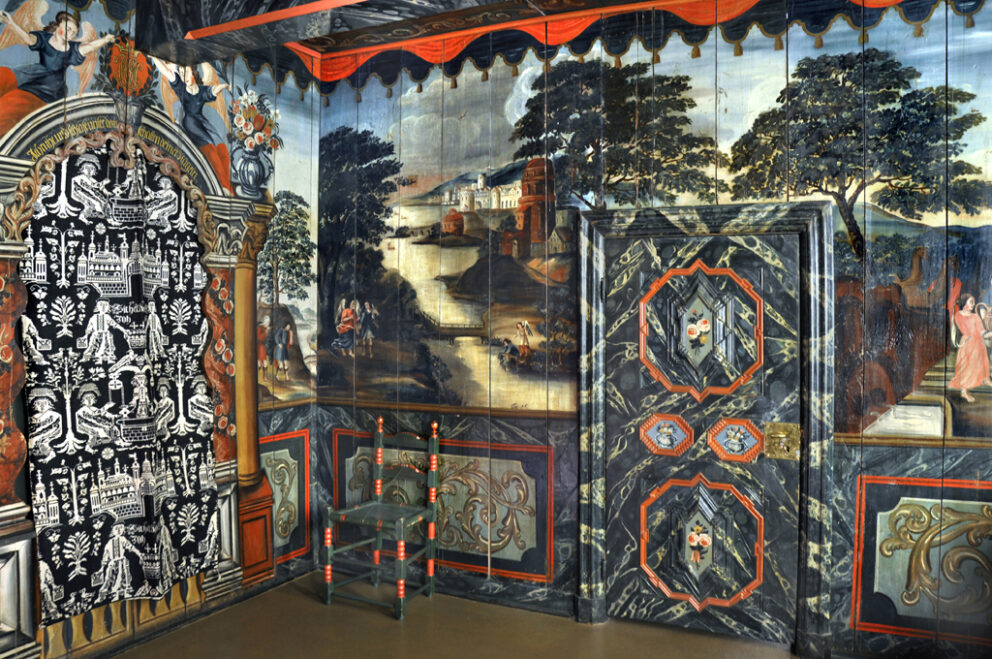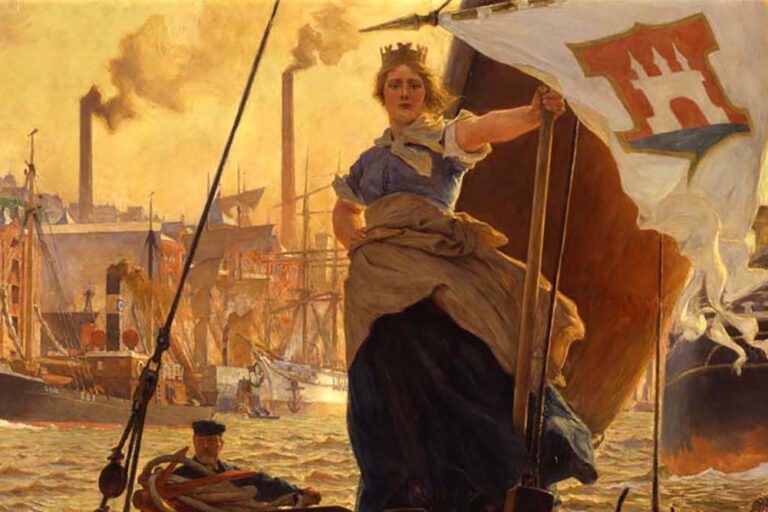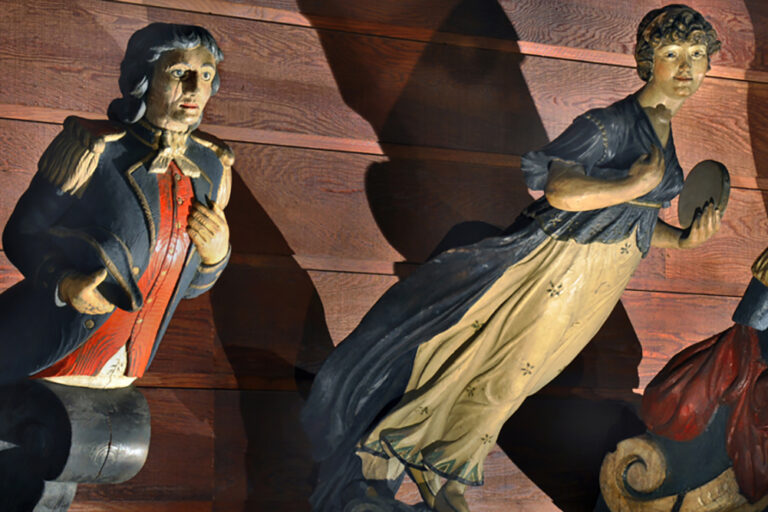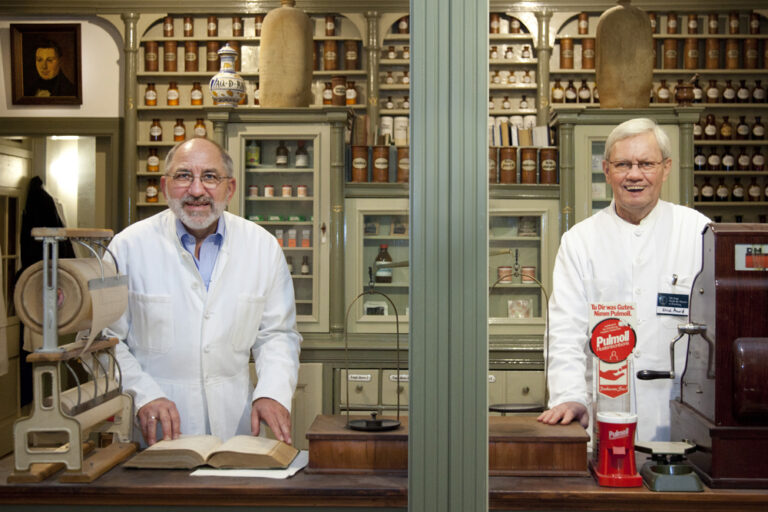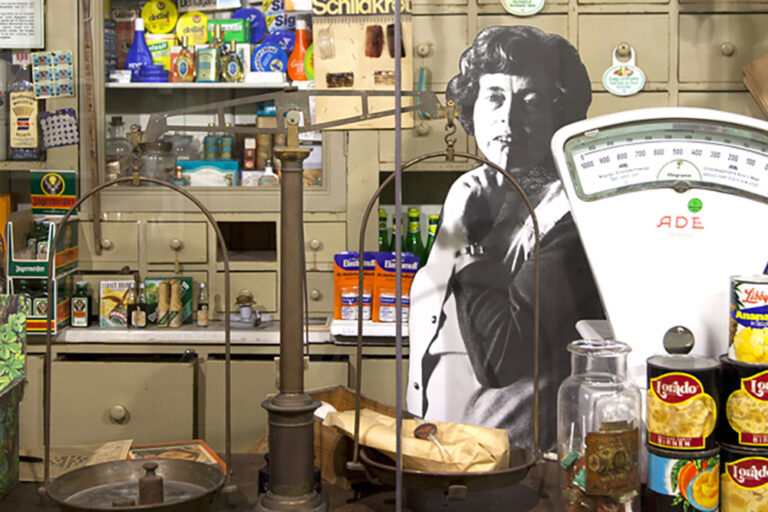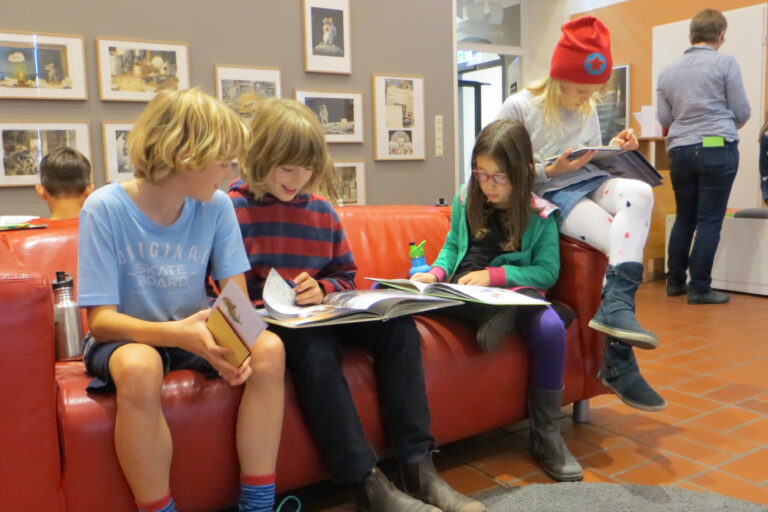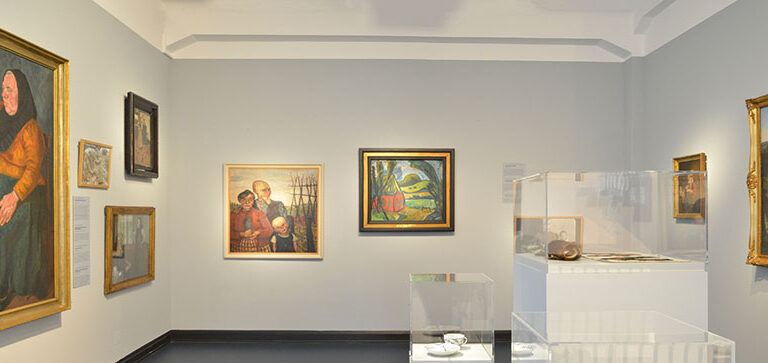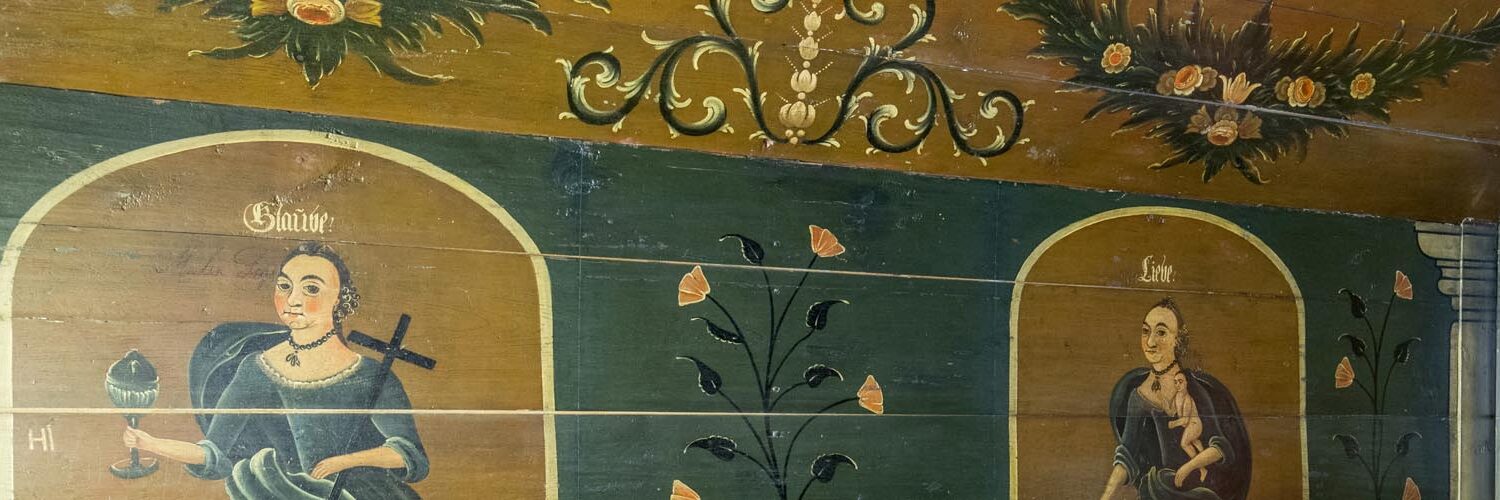
Views into the collection of altonaer museum
The Altonaer Museum owns 17 northern German farmers’ parlours or Bauernstuben as they are known. They form a unique ensemble giving us an insight into rural living in the 18th and 19th century.
These parlours have been part of the Altonaer Museum collection for longer than most other exhibits here. Otto Lehmann, the first director of the Altonaer Museum, travelled around Schleswig-Holstein in about 1900 buying up as many completely original farmers’ parlours for the museum as he could. In every part of the countryside he found different house types, furnishings and even farming tools and traditional clothing, which he wanted to exhibit in the museum. The parlours on display here are mostly examples of the “best rooms” belonging to well-off farmers. Some of these rooms were only used on special occasions, such as when receiving guests or on special holidays. Most of the parlours in the collection originate from the time when agriculture in Northern Germany was particularly productive. Large farmers profited especially well from this agricultural boom. That is why they could afford to fit out “best rooms” like this in line with their income and social status. The furnishings and fittings in these parlours also give us an insight into their original owners’ wealth and the way they saw themselves as well.


